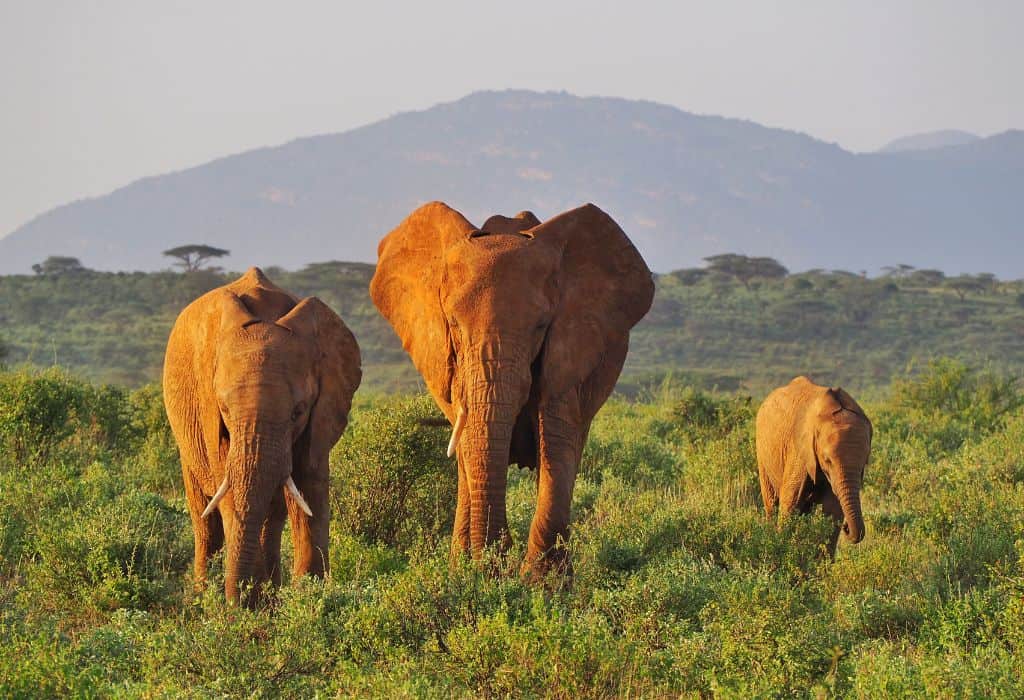Last updated on April 16th, 2023 at 03:05 pm
Last Updated: April 2023
Samburu National Reserve is located in Samburu County, on the banks of the Ewaso Ng’iro River, pretty much slap bang in the centre of Kenya.
It borders Buffalo Springs National Reserve and Shaba National Reserve, which are both on the other side of the river, as well as the Kalama Community Conservancy, so you can easily combine visits to these parks. The Namunyak Wildlife Conservancy is also just a little further north.
Samburu National Reserve is not as well-known as some of Kenya’s other parks, such as the Masai Mara or Tsavo National Park, but it has several animal species that are unique to that specific area, making it a very interesting place to visit.
So here’s my guide to help you plan your trip to Samburu National Reserve.
Please Note: Some of the links in this post are affiliate links, which will earn me a small commission at no extra cost to you. Affiliate sales help with the running costs of this site, so thank you for your support!
Samburu National Reserve in Kenya – Everything You Need to Know
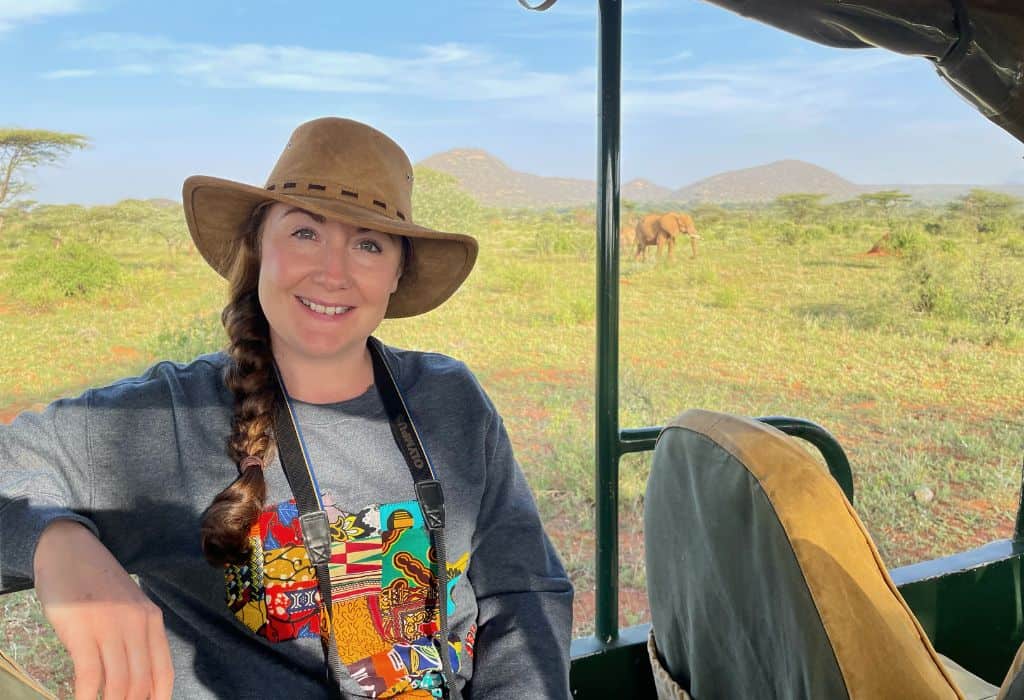
Is Samburu National Reserve worth visiting?
If you’re venturing up to Central or Northern Kenya, Samburu National Reserve is a wonderful place to visit. It’s very beautiful, a little off the beaten path and was actually the very first safari I ever did in Africa.
Samburu and the nearby parks have what’s known as the ‘Special 5’ – the gerenuk, reticulated giraffe, Grevy’s zebra, Somali ostrich and the beisa oryx, as well as plenty of elephants!
The only downside to Samburu, is that it’s not cheap. But if your budget can stretch to it, do it!
So is Samburu National Reserve worth visiting? Definitely, as you’ll see animals here that you won’t see elsewhere and it’s much less crowded than other Kenyan safari destinations.
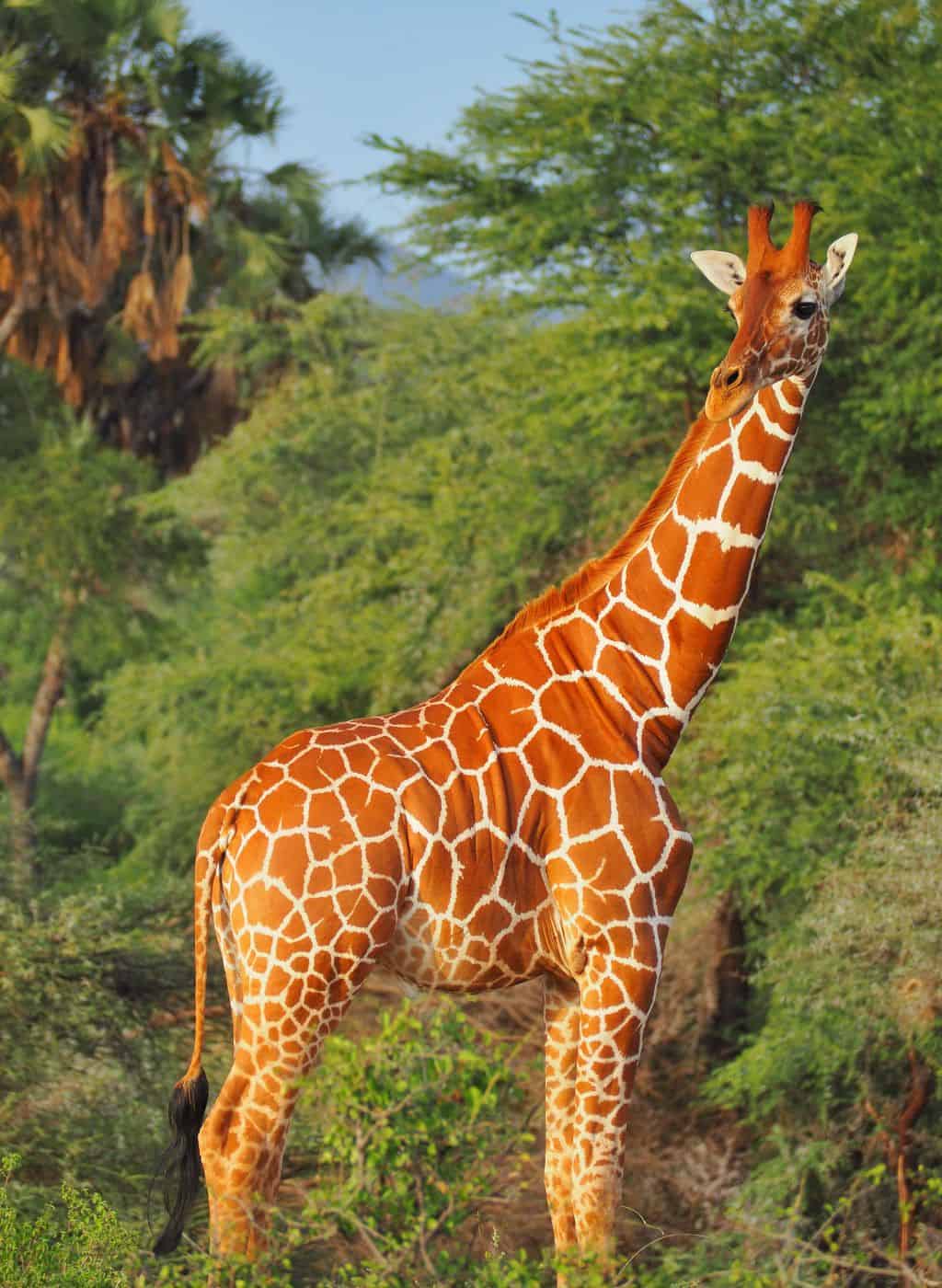
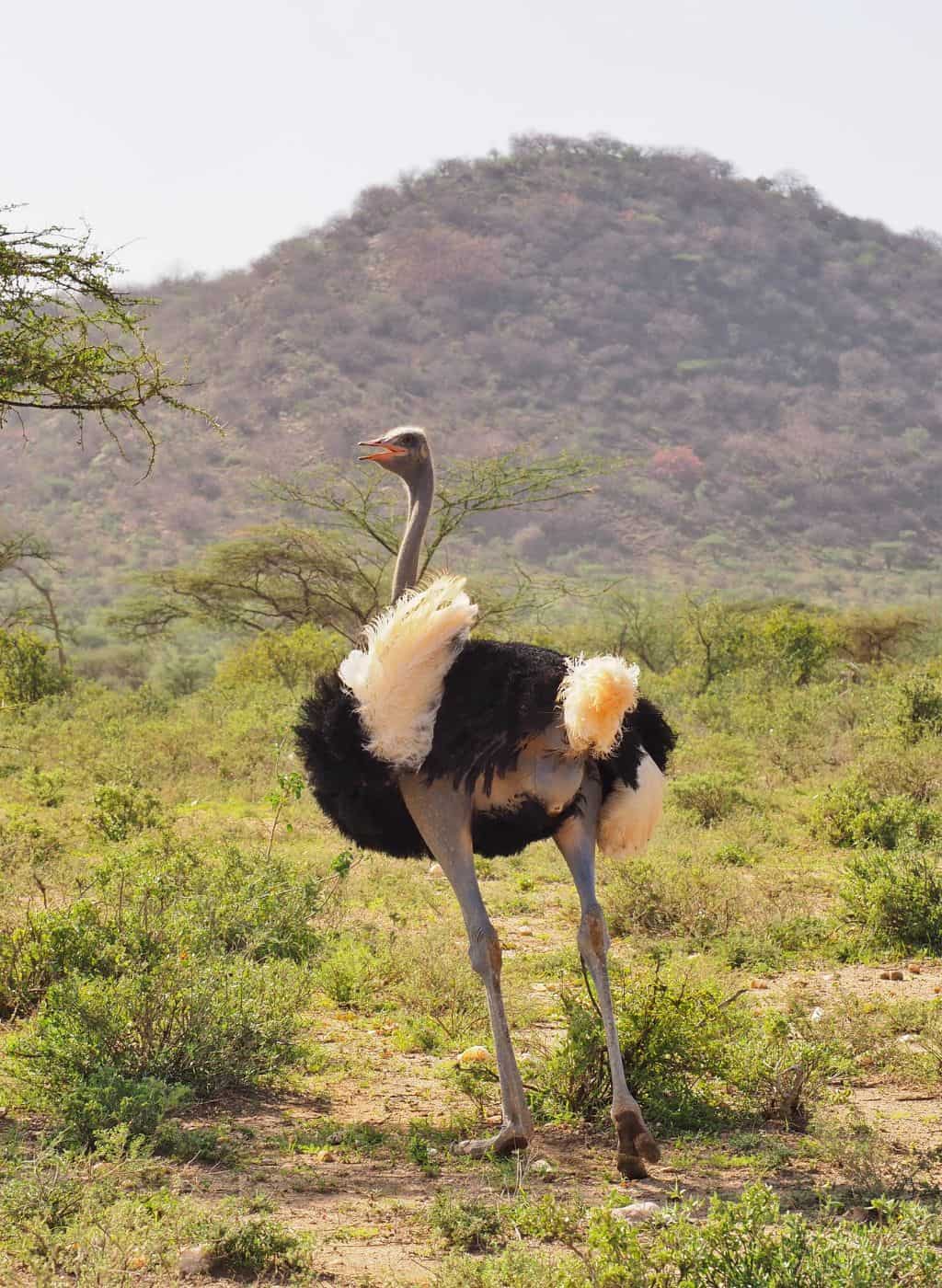
How Do You Get to Samburu?
We hired a car from Avis in Nairobi, and then drove north to Samburu National Reserve. We didn’t have a lot of time on this trip, so we drove up to Samburu, stayed there a couple of nights and then went to Ol Pejeta Conservancy for two nights on the way back to Nairobi.
From Nairobi, it takes around 6 – 7 hours to drive up to Samburu without stops or traffic. For a halfway stop, I’d recommend having lunch at Jib’s Cafe Bistro in Nanyuki (near Ol Pejeta).
We just hired a 2-wheel drive car, as we planned to organise our game drives through our hotel, but if you are planning to do your own safaris, then a 4×4 would be necessary as there are lots of sandy tracks!
There are several entry gates to Samburu, so if you’re self-driving, make sure you find out which one is best for you to enter through to get to your accommodation (if staying in the park). The main gate is the Archer’s Gate.
You could also travel by public transport (matatu – minibus) to Archer’s Post (the nearest town) – get off there and then get a pick up from your accommodation. It’s a bit of a long journey, but it’s pretty straightforward.
You can also fly to Samburu. Safarilink and Air Kenya both fly from Nairobi’s Wilson Airport to Samburu. Just be aware that there may be restrictions on luggage weight when flying to Samburu, so you may need to leave some stuff behind.
There are a few different airstrips in the area, so check which one is nearest to your accommodation. All lodges can arrange an airport pick-up.
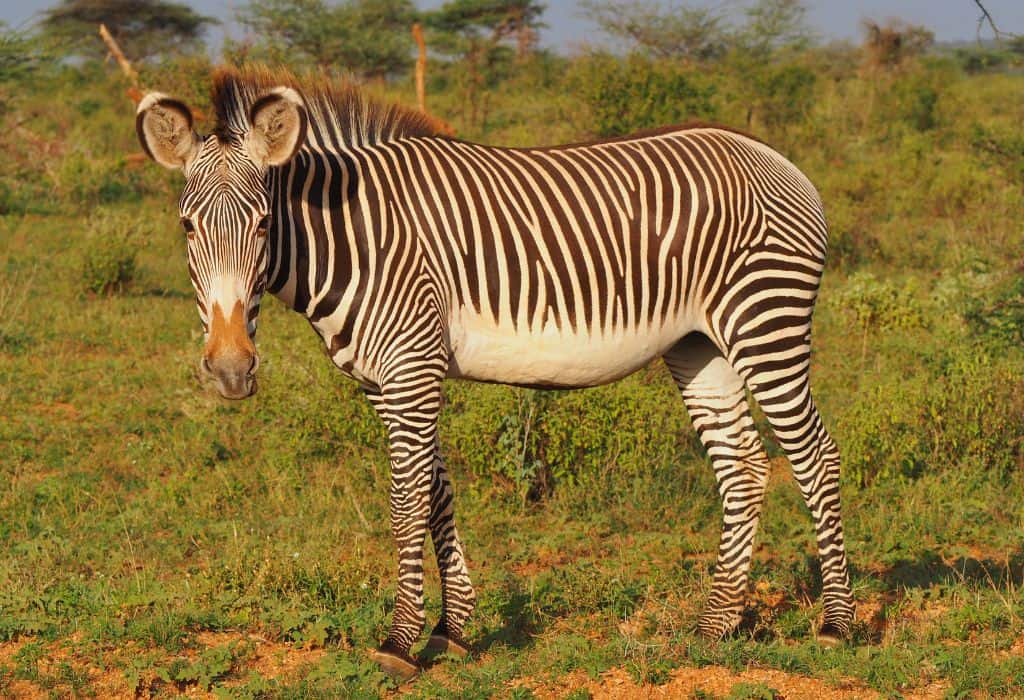
When is the Best Time to Visit the Samburu Region?
The best time to visit Samburu National Reserve is in Kenya’s dry seasons, from June to September/early October (cooler season) or December to March (warmer season).
The rainy seasons usually run from April to May (long rains) and September/mid-October to December (short rains).
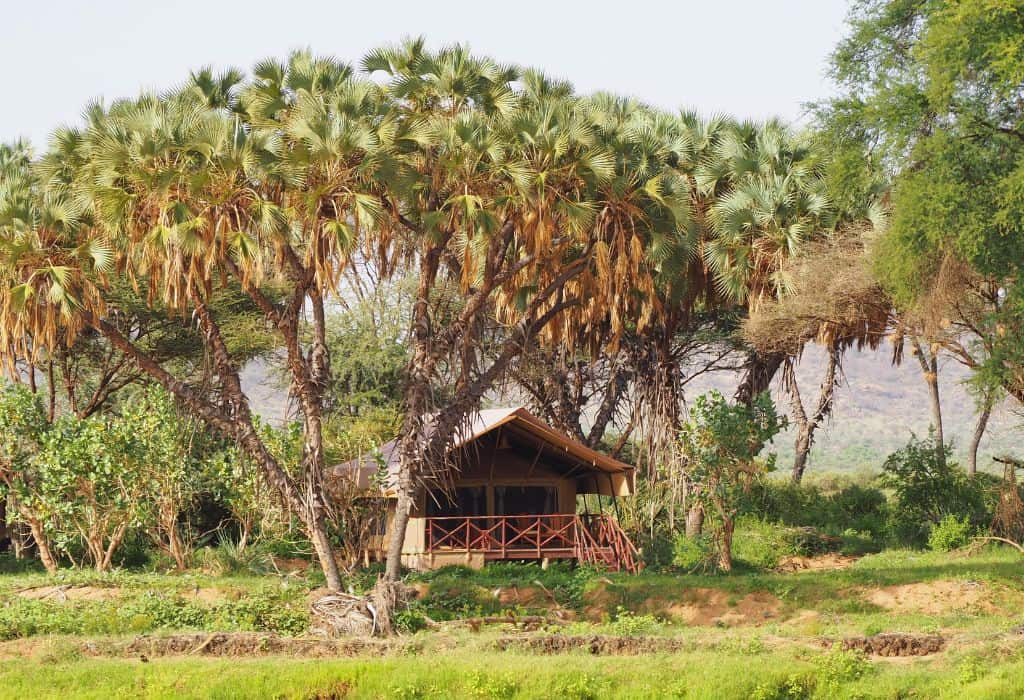
Where to Stay in Samburu National Reserve
There are quite a few accommodation options in Samburu and the surrounding reserves, although there aren’t many budget options.
If you stay inside one of the parks, just be aware that you will need to pay park fees for each 24 hours you are there. It’s not such a big deal if you’re staying at a luxury lodge (what’s another few hundred dollars here and there), but if you’re on a budget, like me, the park fees can bump up the costs a lot.
Until recently, you used to be able to stay in one National Reserve and visit the other National Reserves under one park fee. We stayed at Samburu Simba Lodge (in Buffalo Springs National Reserve) and did game drives in both without paying additional fees.
Unfortunately, they’ve changed that now so you do have to pay separately to enter each. So had we gone now, we would have paid another $140 on top of what we paid to visit Samburu itself. The conservancies also charge fees, so just bear that in mind when choosing your accommodation and looking at your budget (see below).
They are the same eco-system though, so you don’t necessarily have to go into Samburu if you do decide to stay in Buffalo Springs or vice versa. We only went into Samburu itself because it was included in our ticket, I really wanted to go back to actual Samburu and we were looking for the twin baby elephants that had been born a few days before (we couldn’t find them).
If you’re on a safari package, they may include the park fees, but if travelling independently, you will need to pay the park fees on entry.
Accommodations in Samburu National Reserve
- Samburu Public Campsite: There is a public campsite near the river, close to the ranger’s station. It has a sandy beach, toilets, and cold showers (but not that cold and they are a welcome relief from the Samburu heat). You can turn up without booking, but you have to hire a camp guard to keep the baboons away.
- Samburu Special Campsites: These are private campsites, on the river, that you need to reserve by calling and booking in advance. These would be good for families or groups who want privacy, or safari companies with their own setup.
- Samburu Riverside Tented Camp: This is a nice, mid-range tented camp, located close to the river, the public campsite.
- Lion King Bush Camp: This is a relatively basic, but reasonably priced (by Samburu standards) tented camp on the river. Around $130 for full-board accommodation.
- Samburu Sopa Lodge: Mid-range hotel, with a pool. Part of the Sopa Lodges chain – so you may get some good deals if you stay at more than one of their lodges. Double rooms from between $215 – $295 (full-board) depending on the season.
- Samburu Game Lodge: Owned by Wilderness Lodges, this is a lovely safari lodge on the river with a gorgeous pool.
- Samburu Intrepids Camp: Luxury lodge along the river. They have an adventures club, which gives kids the opportunity to learn from the Samburu naturalist guides.
- Larson’s Tented Camp: Also owned by Wilderness Lodges, this is a luxury tented camp, in pioneer style. The camp is located on the river, close to Shaba National Reserve.
- Elephant Bedroom Camp: Luxurious, rustic, riverside tented camp. The tents overlook the river, so you’ll often see elephants from your porch (that’s one of their tents is in the picture above).
- Saasab Camp: Beautiful luxury camp, with a mix of Moroccan and Swahili style. Each room has a private veranda with a plunge pool. It’s owned by the same people who own Giraffe Manor in Nairobi. Prices start at around $1,000 per person, per night. See all rates here.
- Elephant Watch Camp: A luxury eco-camp that gives back to the local communities and is super cool in design. They offer tons of activities and are very connected to Save the Elephants. You can go to the Visitor’s Centre which is located nearby (which also means they’re in a great location to see elephants around the camp).
Accommodations in Kalama Community Wildlife Conservancy
- Saruni Samburu: One of the most luxurious lodges, in Kalama, in the far north of the park. Prices per night are around $530 – $900 per person, per night depending on the season. The rooms are pretty amazing, and they have a gorgeous infinity pool with spectacular views of the park.
Accommodations in Buffalo Springs National Reserve
- Samburu Simba Lodge: This is where I stayed. This is a nice lodge, with an infinity pool and lovely views over the reserve.
- Ashnil Samburu Camp: An upper mid-range lodge with a pool. It’s next to the river, so elephants often come near the camp.
Accommodations in Shaba National Reserve
- Sarova Shaba Game Lodge: Upper mid-range lodge, part of the Sarova group (like the Sarova Stanley in Nairobi CBD). They have a nice pool area and the lodge is close to the river.
- Joy’s Camp: A luxurious camp, named after Joy Adamson (of Born Free fame) and located on the original site of her Shaba National Reserve camp. The camp overlooks a natural spring where animals come to drink.
Accommodations in Archer’s Gate
As these accommodations are outside the parks, you will only fees on the days you enter the park. Fees are valid for 24 hours, so you could do an afternoon game drive one day, and then a morning game drive the next, under one ticket.
- Umoja Campsite: Basic campsite located next to the Umoja Women’s Villages. You can stay in one of their cottages or camp with your own equipment.
- Lion’s Cave Camp: This is a nice, reasonably priced mid-range camp, near Archer’s Post. The camp is Samburu-owned and set in a cool location next to the river. They have basic tents and ensuite rooms.
* Prices are approximate, as of January 2023. The prices quoted are generally for non-residents. Kenyan & East African residents may get cheaper rates.
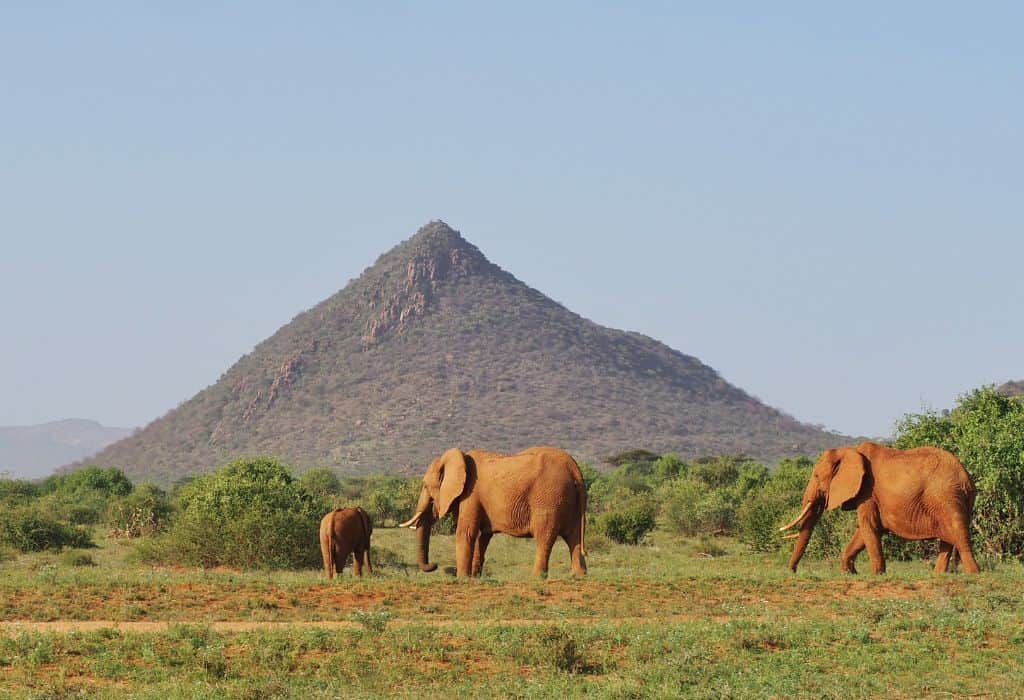
Things To Do in Samburu National Reserve & Nearby
There are some really cool things to do in and around Samburu National Reserve.
Some of the lodges (especially the higher-end lodges) also offer unique activities such as talks with on-site naturalists, bush dinners with Samburu dancers and the Samburu Warriors Academy at Saruni Samburu.
Here are some ideas for ways to fill…

